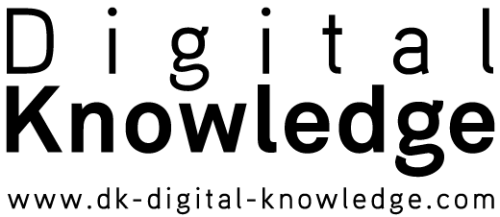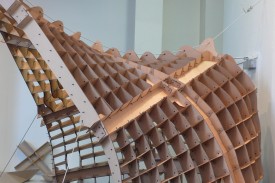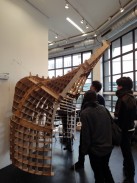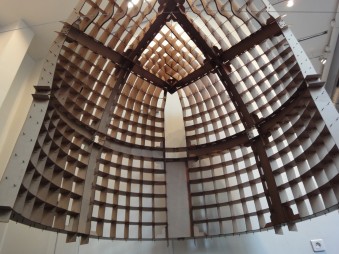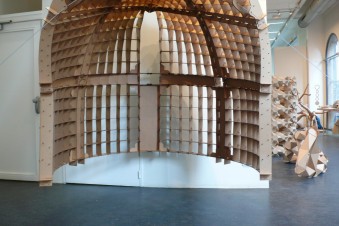«Trouver un système de structure libre, étendu, et applicable à tous les programmes, permettant d’employer tous les matériaux, se prêtant à toutes les combinaisons les plus vastes comme les plus simples ; revêtir cette structure d’une forme qui n’est que l’expression du système ; décorer cette forme sans la contrarier jamais, mais au contraire en la faisant ressortir, en l’expliquant par des combinaisons de profils tracés d’après une méthode géométrique, qui n’est qu’un corollaire de celle appliquée aux conceptions d’ensemble ; donner à l’architecture, c’est-à-dire à la structure revêtue d’une forme d’art, des proportions établies sur des principes de stabilité les plus simples et les plus compréhensibles pour l’oeil»
Viollet-le-Duc, Dictionnaire raisonné de l’architecture française du XIe siècle au XVIe siècle, 1869
«Textile Tectonics, I call this the Semperian reversal: the reversal of the order of the four elements. Instead of starting with earth and a wooden frame to support the weaker textile fibers, I reason the other way around: weak threads move, find each other, and lock into each other, building structure and rigidity. So instead of adding the soft to the rigid, as Semper did, we see a transformation of soft into rigid.
This is nothing more or less than the application of the concepts of constructivism to architecture, meaning that the mobility of agency is transferred into structure. While form is being generated, it necessarily becomes structured, because if it didn’t, it wouldn’t hold. It is all (a process of) constructivism. »
Lars Spuybroek, The Architecture of Continuity, Essays and Conversations, V2_Publishing, Rotterdam, 2008
Ce projet interroge la manière dont les technologies numériques de conception et de fabrication peuvent amener à repenser la tectonique traditionnelle, notamment celle théorisée pour l'architecture gothique par Viollet-le-Duc. La notion de système est actualisée à travers l'usage de l'informatique pour redéfinir les éléments qui composent l'architecture et la manière dont ils sont articulés. Plutôt qu'une conception par agrégation destinée à lutter contre la gravité, nous employons une méthode de différentiation de la matière au sein même de sa géométrie. La pensée constructive qui découle de cette opération de conception est donc intrinsèquement liée aux choix géométriques - qui en permettent l’expression – à la manière du Gothique. La modélisation paramétrique permet d’ajuster la géométrie spatiale à la forme constructive et inversement.
This project questions the way using digital technologies for design and fabrication may drive to a reformulation of traditional tectonics, moreover gothic tectonics theorized through Viollet-le-Duc. His system is actualized through digital in order to rethink components that make architecture, as well as the way they are articulated. Instead of an aggregation process dedicated to fight gravity, we are using a differentiation process of matter into geometry. The constructive though resulting from such a design operation is interwoven with geometrical choices. As in Gothic, shape is the very expression of construction technics. Parametric modeling allows the mutual adjustment of spatial geometry and constructive shape.
